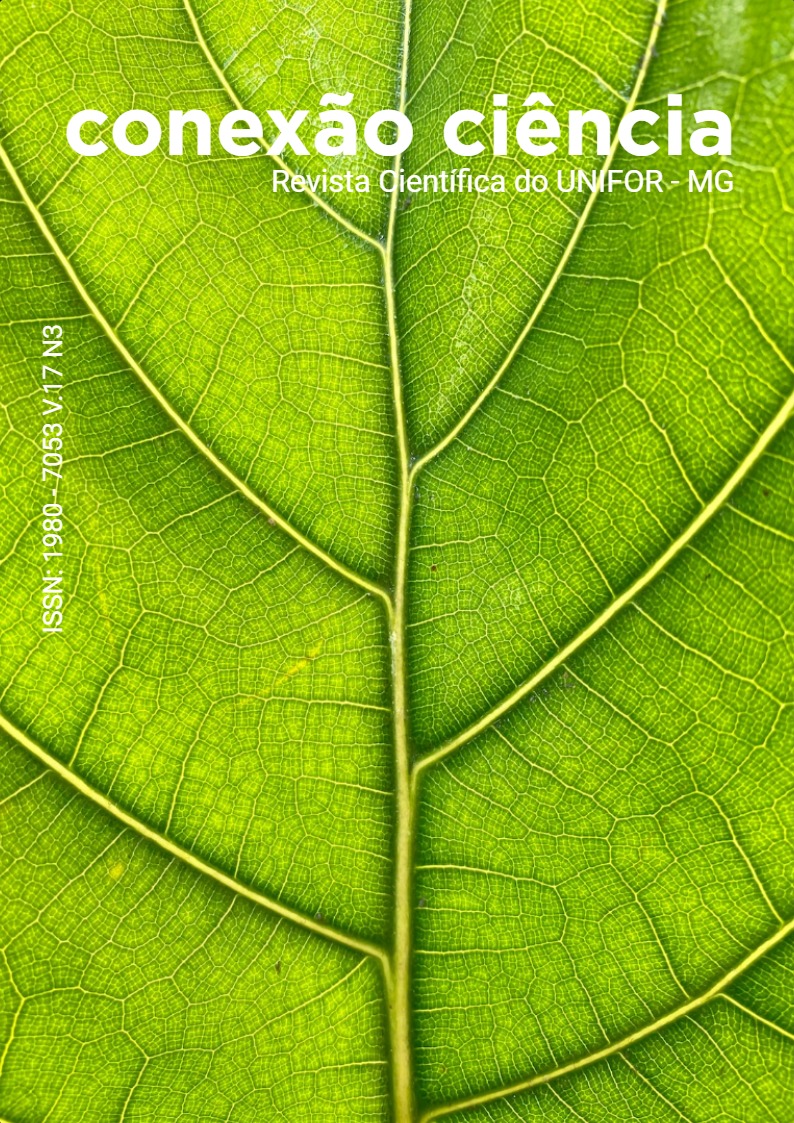Allelopathic potential in vitro of two Arecaceae on the germination and seedling growth of Glycine max
DOI:
https://doi.org/10.24862/cco.v17i3.1275Abstract
Introduction: Allelochemicals are investigated in the search for bioherbicides, thus, the use of allelopathy emerges as an alternative method for weed management in crops, especially in small vegetable producing properties. Objectives: Identify possible allelopathic effects of the aqueous and organic fractions obtained from the leaves of Copernicia prunifera and Attalea speciosa on seed germination and seedling growth of Glycine max. Methodology: From the obtained fractions solutions were prepared in the following concentrations: 1.25; 2.50; 5.00; 10.00 and 20.00%, which were used in the bioassays to evaluate the rate of germination (IVG), percentage of inhibition of germination (%GI), inhibition of hypocotyl and radicle growth (%CI), and fresh mass and dry mass of G. max. Results: The organic fraction of C. prunifera at a concentration of 20.00% inhibited the growth of the hypocotyl by 53.47% and the aqueous fraction of A. speciosa by 84.42%, the radicle growth and the observed IVG values were 23.5% and 42.0%, respectively, for A. speciosa and C. prunifera considering the highest concentration. For the variables, fresh and dry mass, there was a significant difference considering the higher concentration of the aqueous fraction of C. prunifera and the organic fraction of A. speciosa. Conclusion: In general, it can be noted that the greatest allelopathic effect occurred with the use of the aqueous fraction obtained from A. speciosa on root growth, followed by the inhibition of the hypocotyl of the organic fraction of C. prunifera and, that the observed biomass was lower than that of the controls.



